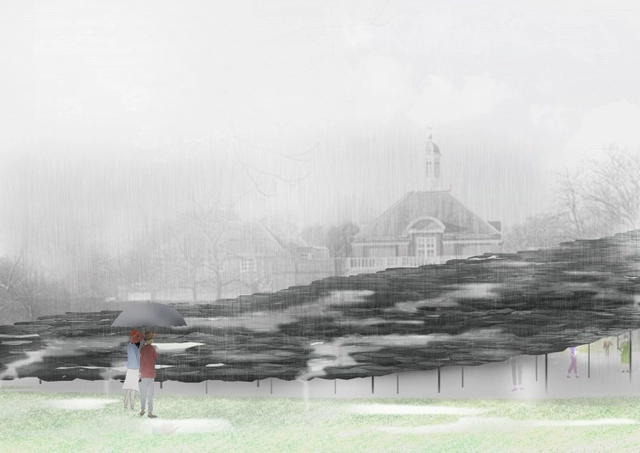_2655.jpg?1561371788&format=webp&width=640&height=580)
For those around the world unable to attend the opening of Junya Ishigami’s Serpentine Pavilion in London, photographer Nikhilesh Haval of nikreations has published a virtual tour of the structure. Similar to previous productions of Frida Escobedo’s 2018 Pavilion, BIG’s 2016 Pavilion, and SelgasCano’s 2015 Pavilion, the virtual tour allows viewers to experience the “free space” philosophy that defines the pavilion, playing with our perspectives of the built environment against the backdrop of a natural landscape.


_2655.jpg?1560892327&format=webp&width=640&height=580)
_2741.jpg?1560892362)
_2541.jpg?1560892289)
_2605.jpg?1560892300)
_2763.jpg?1560892398)
_2655.jpg?1560892327)


.jpg?1550150890)



